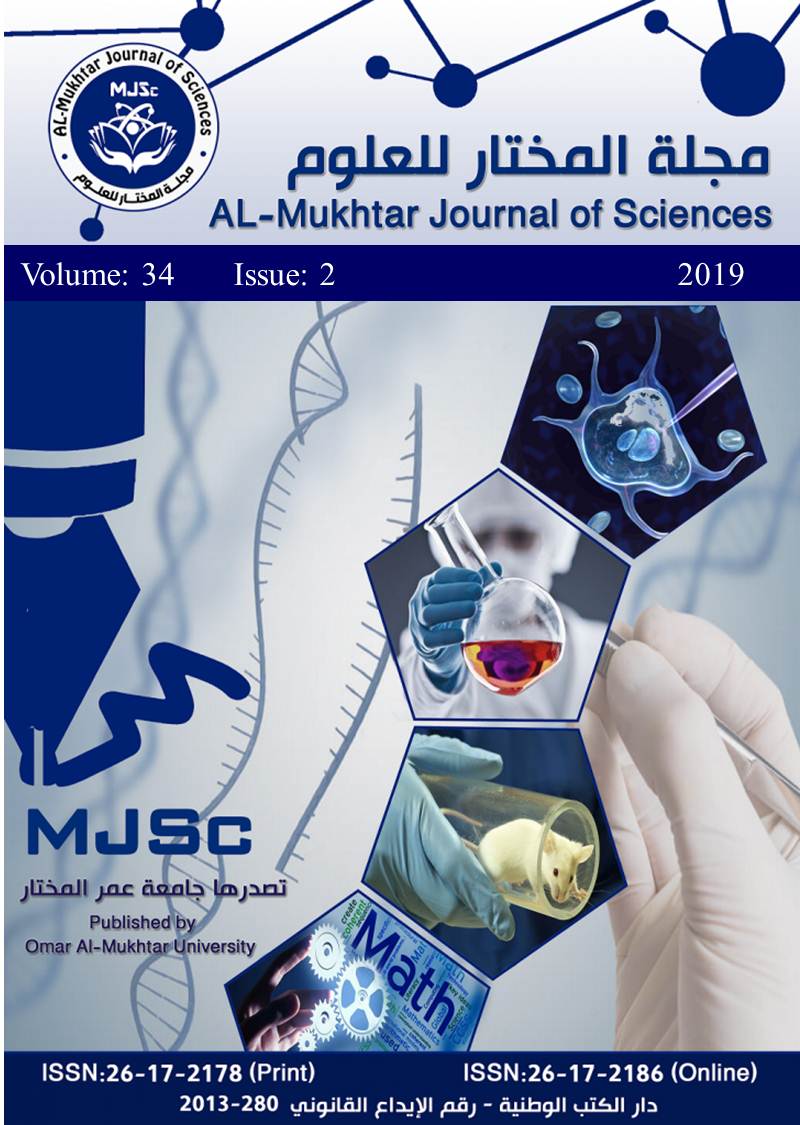Successful Anatomical Access for Surgical Removing of the Distal Fracture of Splint Bones in Thoroughbred Horses (Case Study)
DOI:
https://doi.org/10.54172/mjsc.v34i2.80Keywords:
forelimb lameness, distal splint bone fracture, surgical ostectomyAbstract
Poor performance in athletic horses due to musculoskeletal affections is very common in Libya. Two mature thoroughbred horses suffering from poor performance and history of moderate degree forelimb lameness were admitted to the Aswany Private Equine clinic in Tripoli, Libya. The study is aiming for presenting a simple, time effective, cost effective surgical procedure to treat distal simple splint bone fracture in thoroughbred horses. Horses were examined thoroughly for the common muscle, hoof, and tendons affections. A progressed unilateral left forelimb swelling involving the lateral distal part of the fourth metacarpal bones was noticed. Three radiographs were taken to each horse including latero-medial, dorsolateral-palmaromedial, and palmarolateral-dorsomedial views to assess both splint bones. The radiographs showed that there is a complete fracture involving the distal extremity (button) of the fourth metacarpal bones. Surgical excisions of the fractured part of the splint bones have been decided to treat these horses. To precisely locate the site of the bone fragments, 1.5 mm stainless steel wires were placed over the distal part of splint prior to taking the radiographs. The surgical sites were aseptically prepared, and the horses were then sedated via intravenous injection of xylazine at a dose rate of 1 mg/kg body weight. The site of surgical incision was infiltrated with 2% lidocaine. The bone fragments were then removed after performing the surgical incision. The sharp end at the distal end of the proximal part of the splint bone was then smoothening with a scissor. The surgical incisions were then routinely closed and the post-operative care and radiographs were taken. The surgical incision made complete healing within two weeks. Both horses were followed up for up to three years post-operation, and they did well compared to what has been done in other studies. We concluded that the surgical technique used to treat the two horses with splint bone fracture enrolled in the current study is a simple and effective procedure.
Downloads
References
Auer, J. A. (2012). Principles of fracture treatment Equine Surgery (Fourth Edition) (pp. 1047-1081): Elsevier.
Baxter, G. M. (2011). Adams and Stashak's lameness in horses: John Wiley & Sons.
Bowman, K., Evans, L., & Herring, M. E. (1982). Evaluation of surgical removal of fractured distal splint bones in the horse. Veterinary Surgery, 11(4), 116-120.
Bowman, K. F., Evans, L. H., & Herring, M. E. (1982). Evaluation of Surgical Removal of Fractured Distal Splint Bones in the Horse. Veterinary Surgery, 11(4), 116-120. doi: doi:10.1111/j.1532-950X.1982.tb00682.x
Butler, J. A., Colles, C. M., Dyson, S. J., Kold, S. E., & Poulos, P. W. (2017). Clinical radiology of the horse: John Wiley & Sons.
Jenson, P. W., Gaughan, E. M., Lillich, J. D., & Bryant, J. E. (2004). Segmental ostectomy of the second and fourth metacarpal and metatarsal bones in horses: 17 cases (1993-2002). J Am Vet Med Assoc, 224(2), 271-274.
Verschooten, F., Gasthuys, F., & De Moor, A. (1984). Distal splint bone fractures in the horse: an experimental and clinical study. Equine Vet J, 16(6), 532-536.
Verschooten, F., Gasthuys, F., & Moor, A. d. (1984). Distal splint bone fractures in the horse: an experimental and clinical study. Equine veterinary journal, 16(6), 532-536.
Downloads
Published
How to Cite
License

This work is licensed under a Creative Commons Attribution-NonCommercial 4.0 International License.
Copyright of the articles Published by Almukhtar Journal of Science (MJSc) is retained by the author(s), who grant MJSc a license to publish the article. Authors also grant any third party the right to use the article freely as long as its integrity is maintained and its original authors and cite MJSc as original publisher. Also they accept the article remains published by MJSc website (except in occasion of a retraction of the article).










